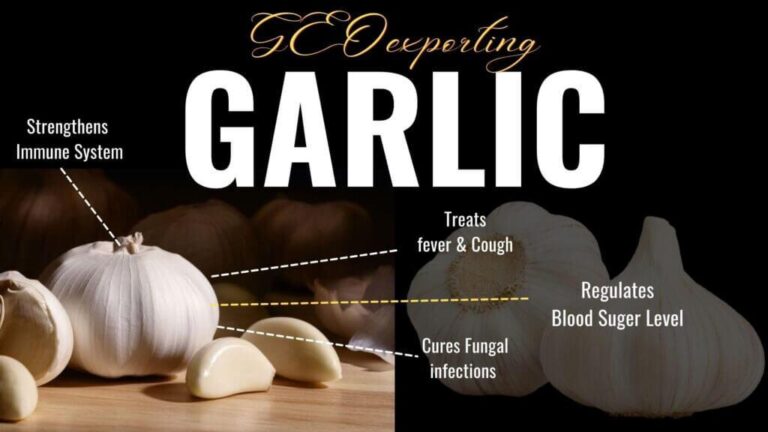Egypt has rapidly ascended to become the second-largest exporter of garlic to Spain, according to the latest data from EastFruit. This significant development highlights Egypt’s growing influence in the global garlic market and reflects shifts in trade dynamics within the Mediterranean region. The surge in Egyptian garlic exports to Spain underscores the country’s expanding agricultural capabilities and the increasing demand for its produce in European markets.
Egypt Emerges as Key Player in Spain’s Garlic Market
Egypt’s garlic exports to Spain have witnessed a remarkable surge, positioning the North African nation as the second-largest supplier in the Spanish market. This upward trajectory has been fueled by strategic investments in agricultural technology, improved irrigation methods, and advantageous trade agreements that have enhanced the competitiveness of Egyptian garlic. Spanish importers are increasingly favoring Egyptian bulbs due to their consistent quality, size uniformity, and attractive pricing, challenging traditional suppliers from China and Eastern Europe.
The growth is further supported by Egypt’s ability to meet Spain’s year-round demand through staggered harvest periods and efficient logistics. Key factors contributing to this success include:
- Enhanced post-harvest handling to extend shelf life
- Compliance with EU phytosanitary standards
- Expandement of export infrastructure at major Mediterranean ports
| Country | Garlic Export Volume to Spain (Tons) | Market Share (%) |
|---|---|---|
| China | 12,500 | 46% |
| Egypt | 6,300 | 23% |
| Poland | 3,200 | 12% |
| Others | 5,000 | 19% |
Factors Driving Egypt’s Rapid Growth in Garlic Exports
Egypt’s impressive climb to the second spot in garlic exports to Spain is underpinned by several strategic advantages and innovative approaches. A favorable climate enables year-round cultivation, ensuring a steady supply that meets international demand. Additionally, government-backed programs aimed at supporting agricultural exports have streamlined production and export processes, reducing bureaucratic delays and enhancing logistics. The adoption of modern farming techniques, including precision agriculture and improved seed varieties, has also contributed to higher yields and better-quality garlic, making Egyptian produce more competitive on the global stage.
Furthermore, the country’s strengthening trade relations with European markets, particularly Spain, have opened new distribution channels and fostered trust among importers. Key factors playing a role include:
- Enhanced cold chain infrastructure reducing post-harvest losses
- Competitive pricing owing to lower production costs
- Quality certifications aligning with EU standards
- Government incentives for export-oriented garlic farmers
| Factor | Impact |
|---|---|
| Climate Conditions | Year-round production |
| Farming Innovation | Improved yield & quality |
| Infrastructure | Reduced post-harvest damage |
| Trade Agreements | Expanded market access |
Strategies for Sustaining and Expanding Egypt’s Export Momentum
Future Outlook
As Egypt solidifies its position as the second-largest supplier of garlic to Spain, the country’s agricultural sector is demonstrating remarkable growth and competitiveness on the international stage. This surge not only reflects Egypt’s expanding export capabilities but also underscores the shifting dynamics within global garlic markets. Industry analysts will be watching closely to see how Egypt’s rise influences trade patterns and competition among leading garlic exporters in the coming years.




